Curious about Actual Salesforce Certified MuleSoft Developer II Exam Questions?
Here are sample Salesforce Certified MuleSoft Developer II (Salesforce MuleSoft Developer II) Exam questions from real exam. You can get more Salesforce Developer (Salesforce MuleSoft Developer II) Exam premium practice questions at TestInsights.
A Mule API receives a JSON payload and updates the target system with the payload. The developer uses JSON schemas to ensure the data is valid.
How can the data be validation before posting to the target system?
Start a Discussions
A company with MuleSoft Titanium develops a Salesforce System API using MuleSoft out-of-the-box Salesforce Connector and deploys the API to CloudHub.
Which steps provide the average number of requests and average response time of the Salesforce Connector?
Start a Discussions
Refer to the exhibit.
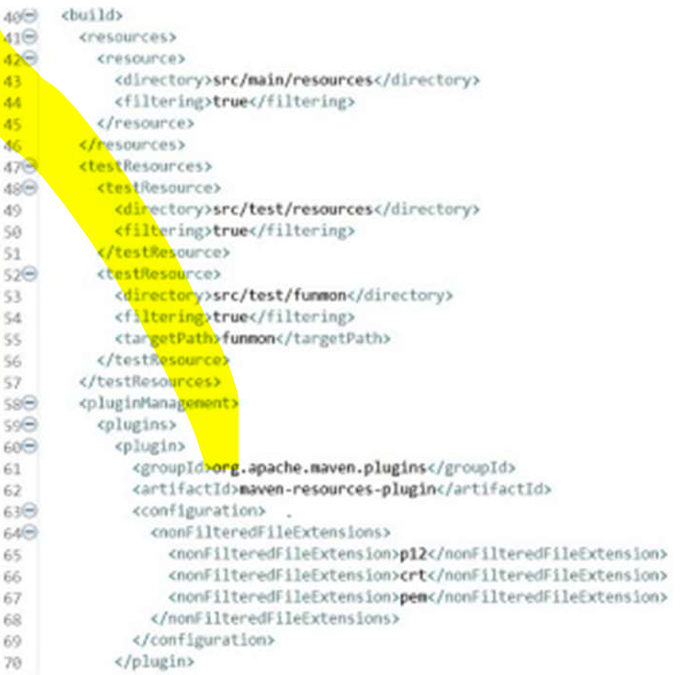
A Mule application pom.xml configures the Maven Resources plugin to exclude parsing binary files in the project's src/main/resources/certs directory.
Which configuration of this plugin achieves a successful build?
A)
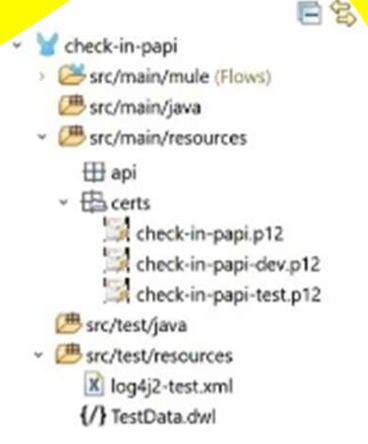
B)
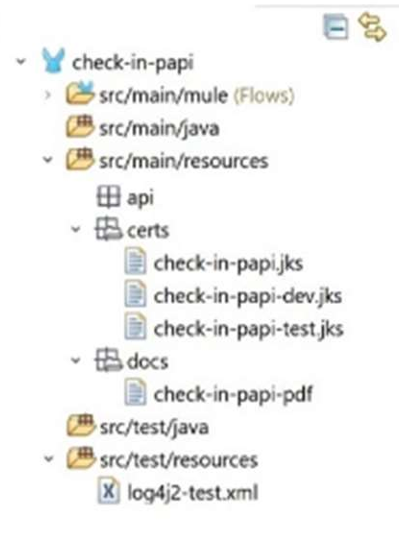
C)
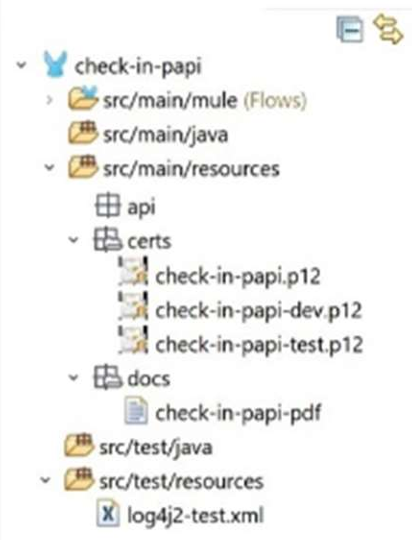
D)
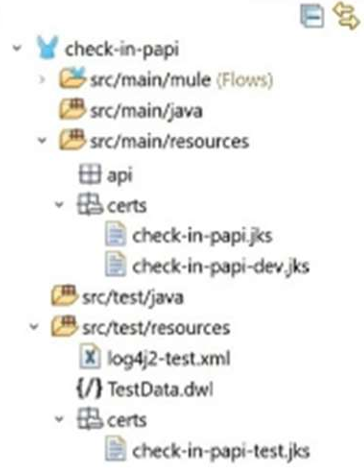
Start a Discussions
A Mule application includes a subflow containing a Scatter.Gather scope. Within each log of the Scatter.Gatter. an HTTP connector calls a PUT endpoint to modify records in different upstream system. The subflow is called inside an Unit successful scope to retry if a transitory exception is raised.
A technical spike is being performed to increase reliability of the Mule application.
Which steps should be performed within the Mule flow above the ensure idempontent behavior?
Start a Discussions
Multiple individual Mute application need to use the Mule Maven plugin to deploy to CloudHub.
The plugin configuration should .. reused where necessary and anything project, specific should be property-based.
Where should the Mule Maven details be configured?
Start a Discussions
Total 60 questions